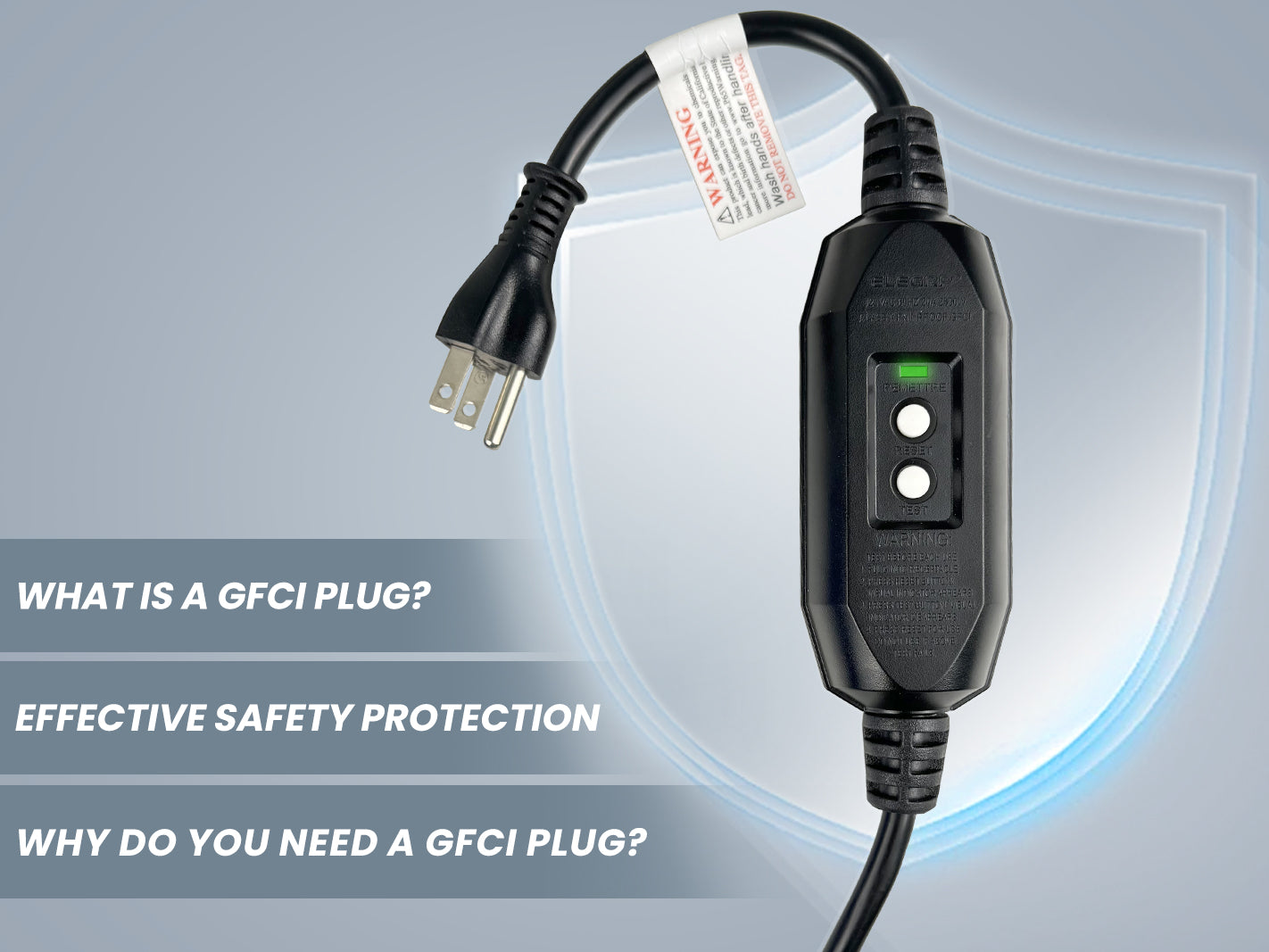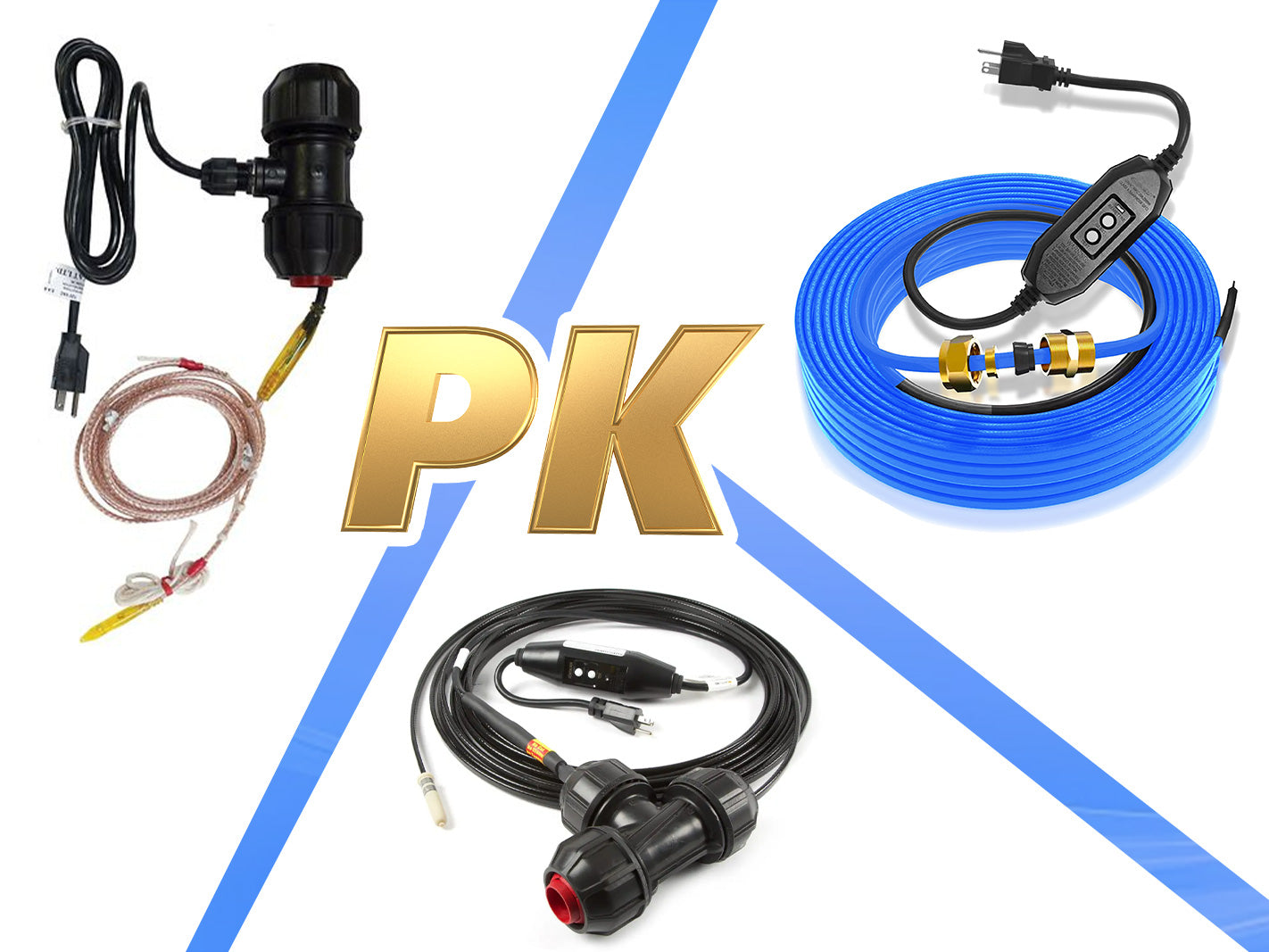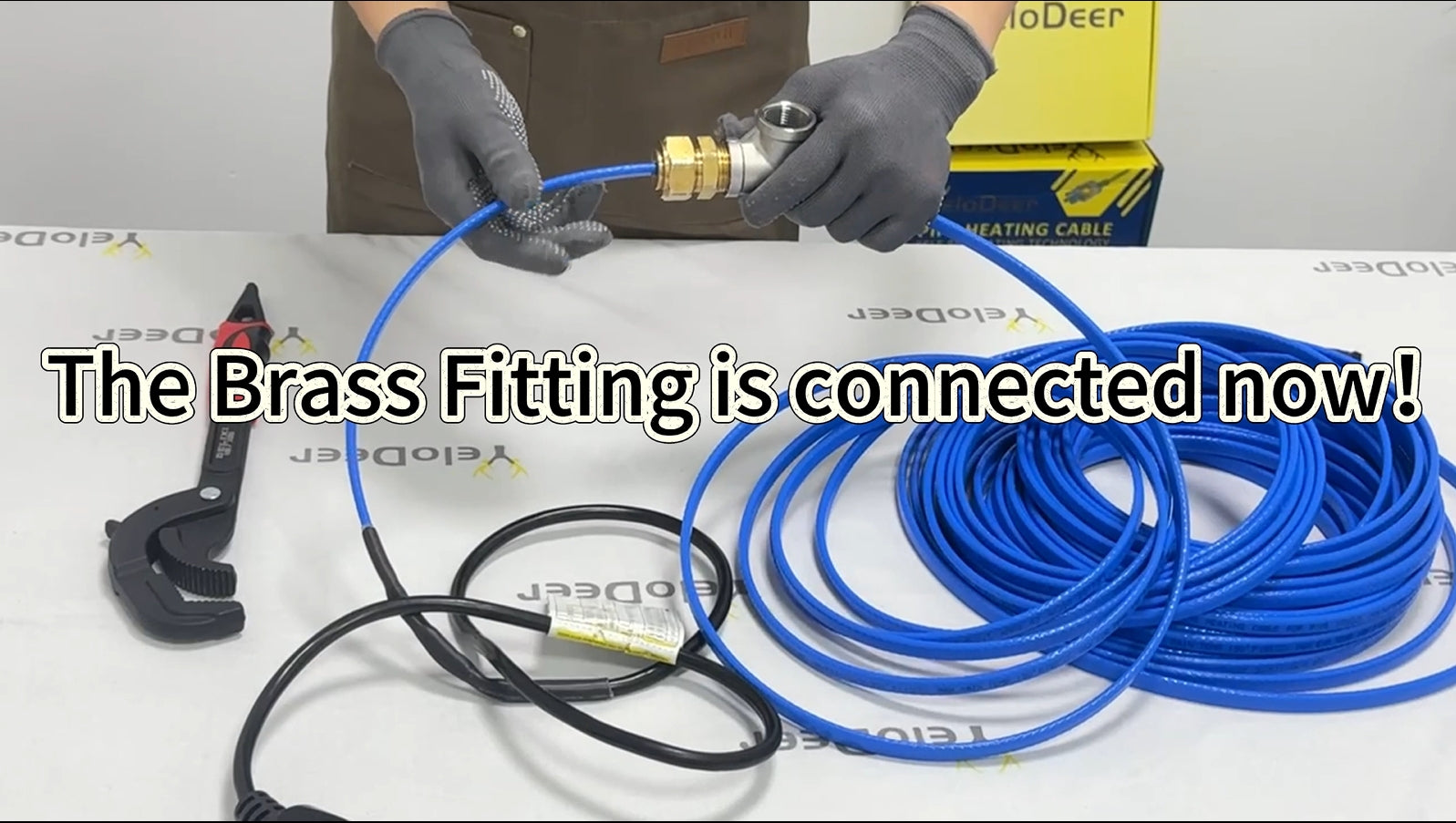YeloDeer CSA Certified In Pipe Heating Cable for Drinking Water, Food-Grade Safe Internal Heat Tape, Self-Regulating with GFCI, 3W/Ft 120V
Enjoy free shipping on orders over $30.
We ship orders within 48 hours for quick delivery.
1. Our website accepts Visa, MasterCard, and American Express. If you are using a card issued by another bank, please ensure it is enabled for international transactions.
2. During payment, you may be required to complete 3D Secure (3DS) verification. Please ensure that the cardholder completes the verification to avoid payment failure.
3. If your usual spending amounts are relatively low and you are making a larger purchase, your bank may flag the transaction as a potential risk. If your payment fails, please contact your bank to approve the transaction.
Enjoy exclusive technology designed to enhance performance and reliability, protected by YeloDeer's unique patent.
YeloDeer CSA Certified In Pipe Heating Cable for Drinking Water, Food-Grade Safe Internal Heat Tape, Self-Regulating with GFCI, 3W/Ft 120V

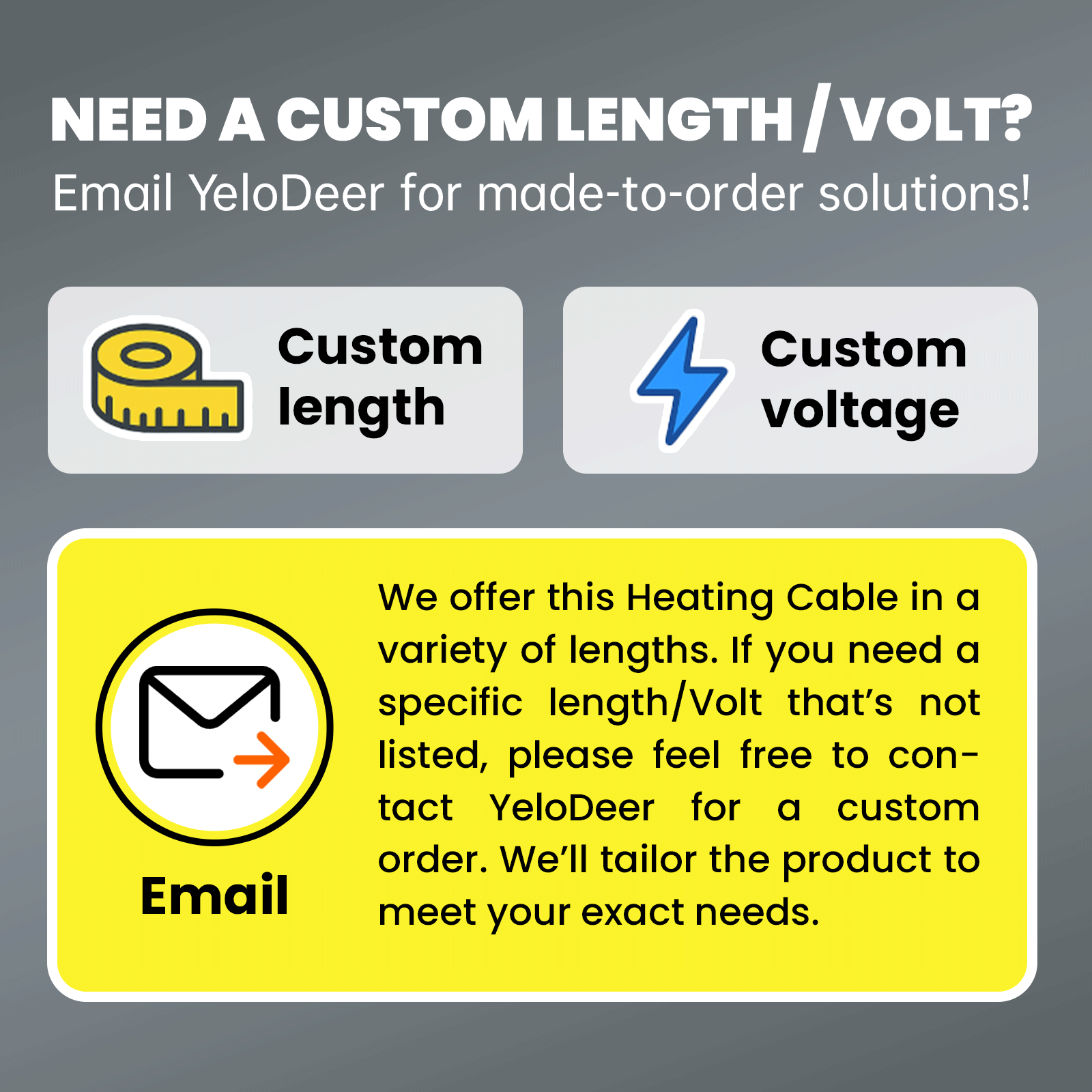
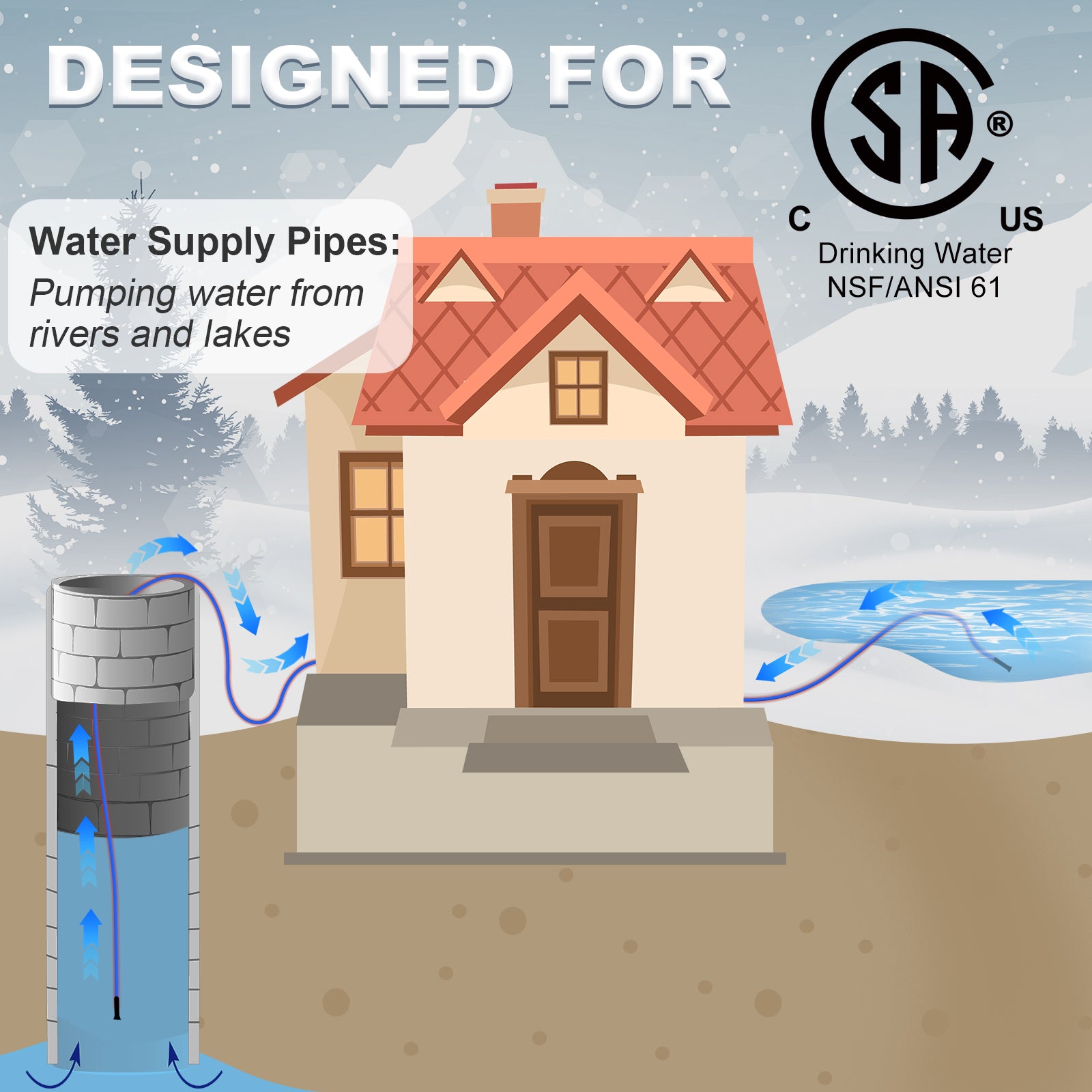
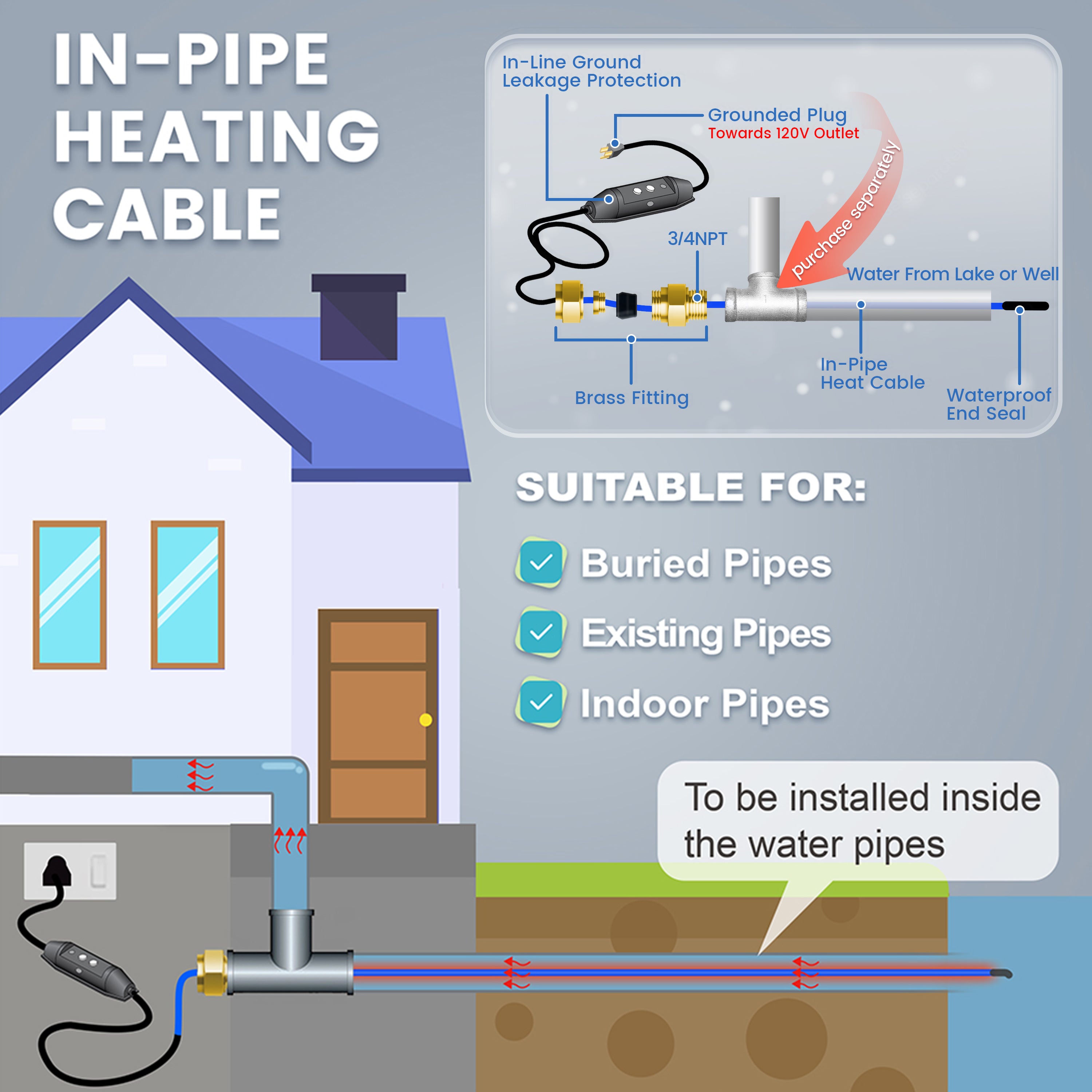
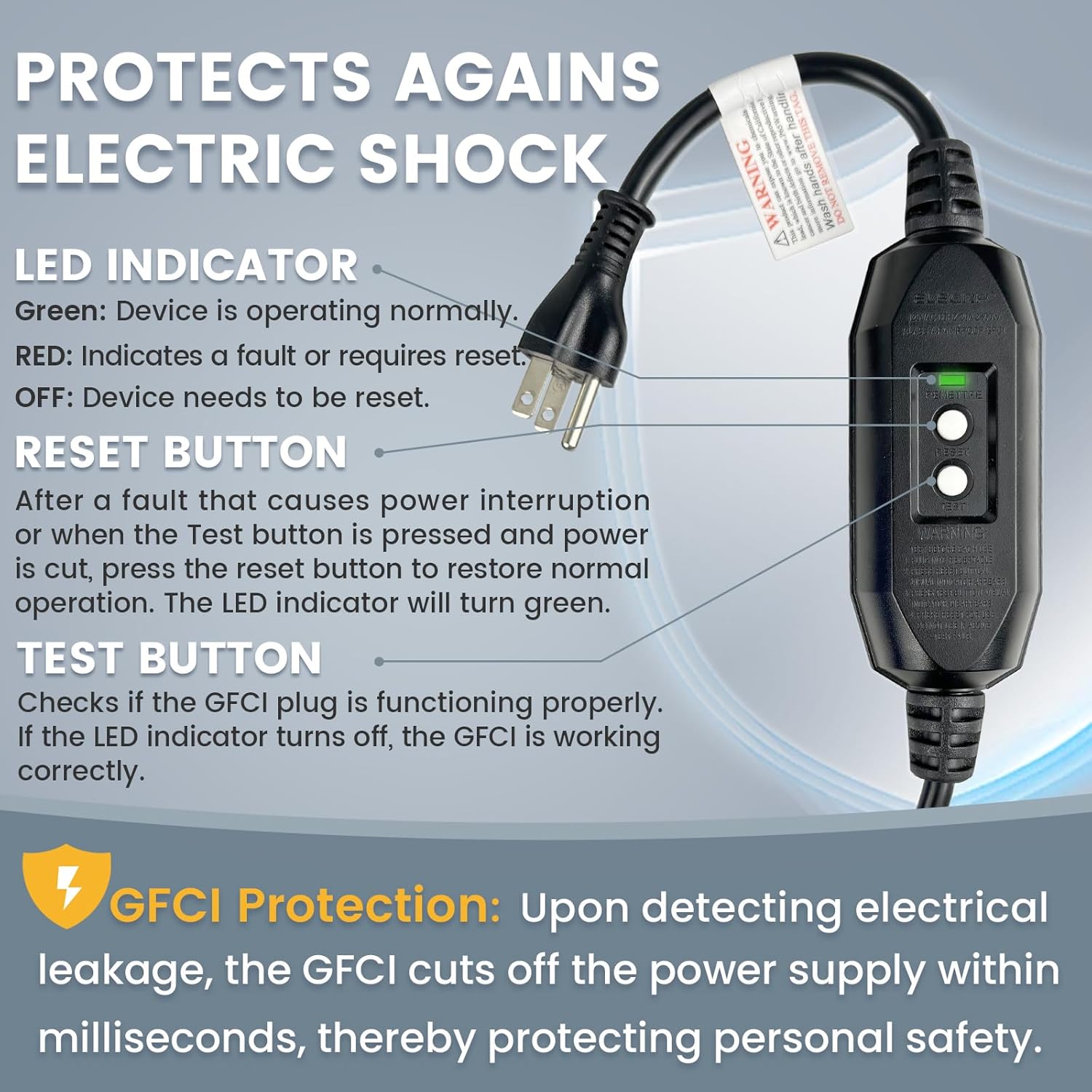
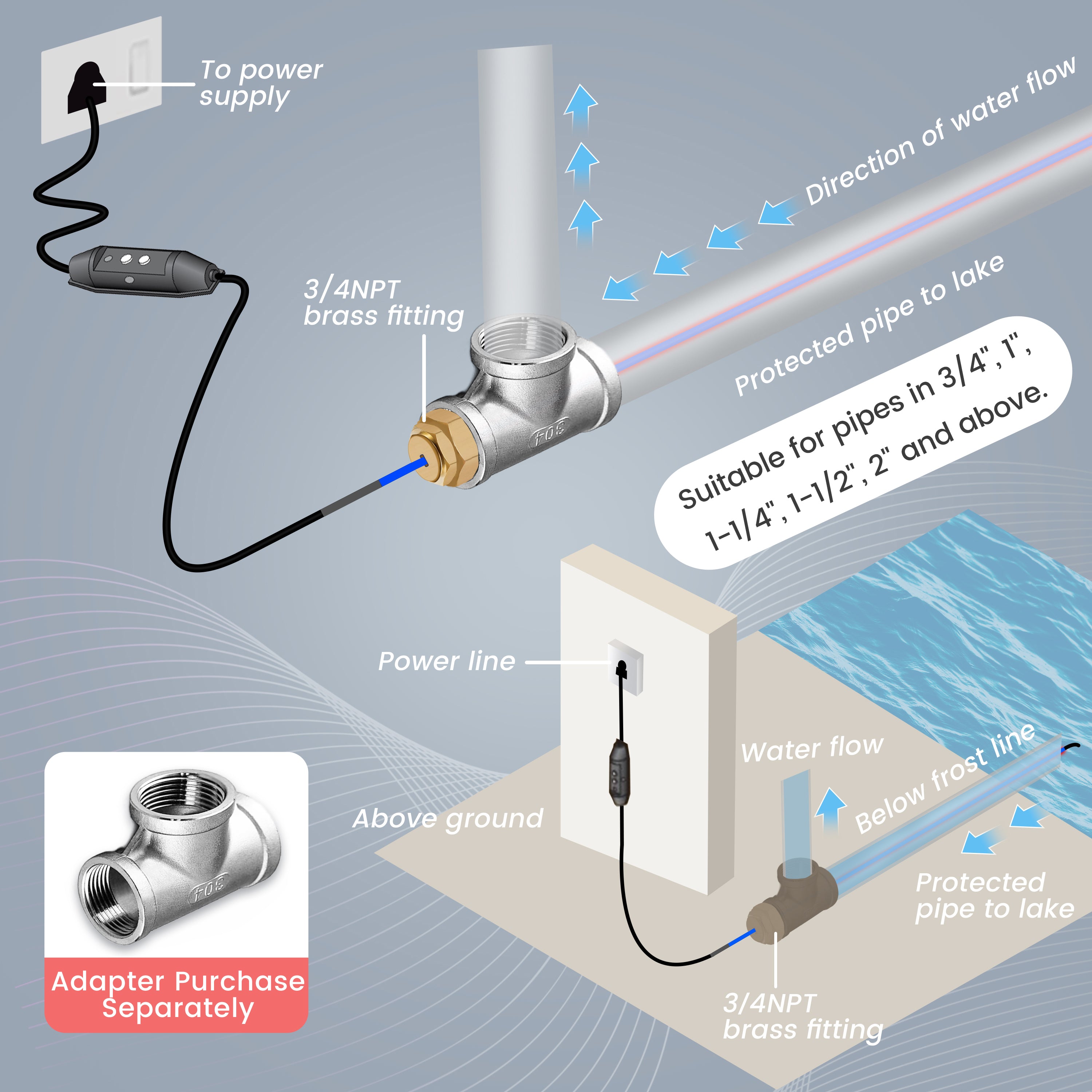
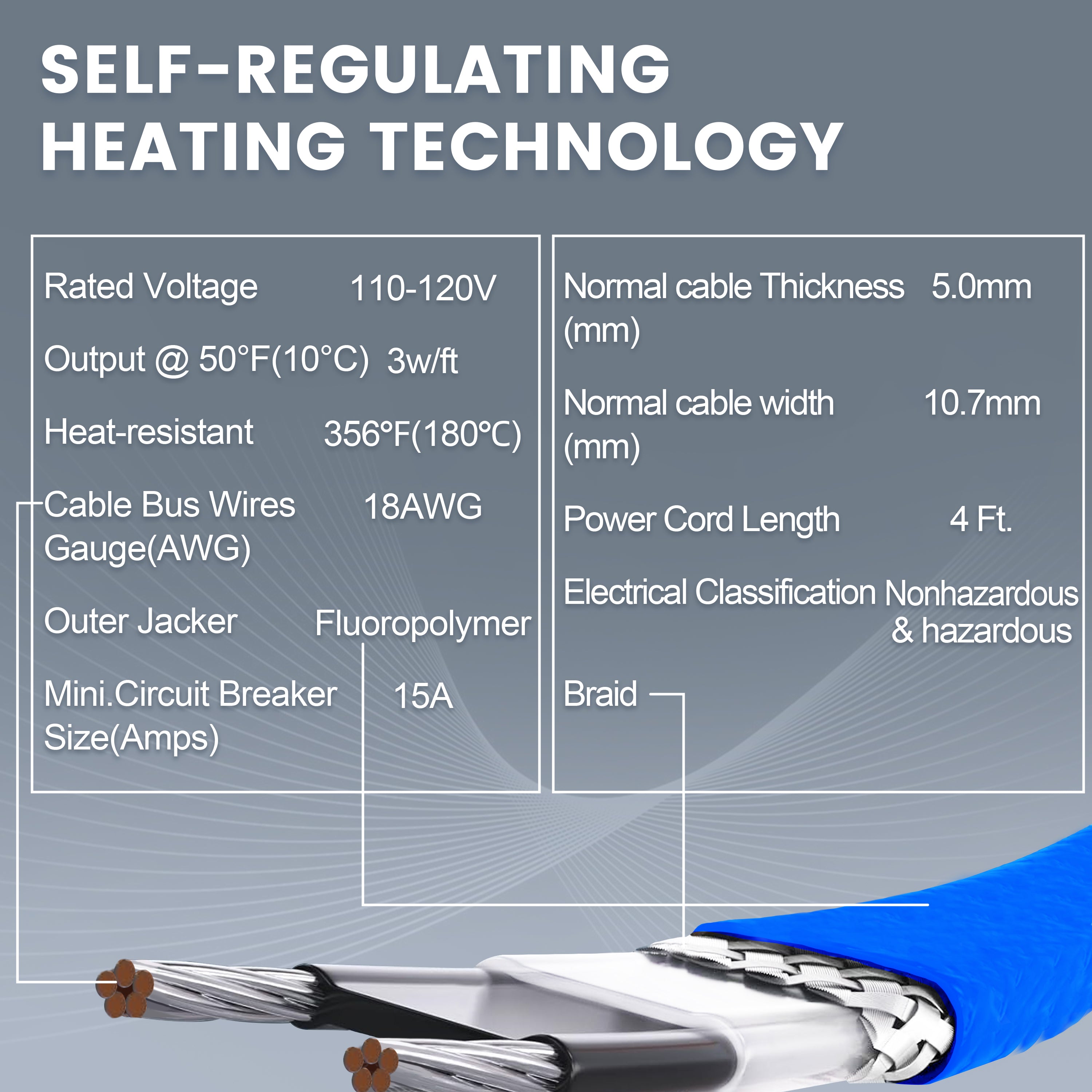
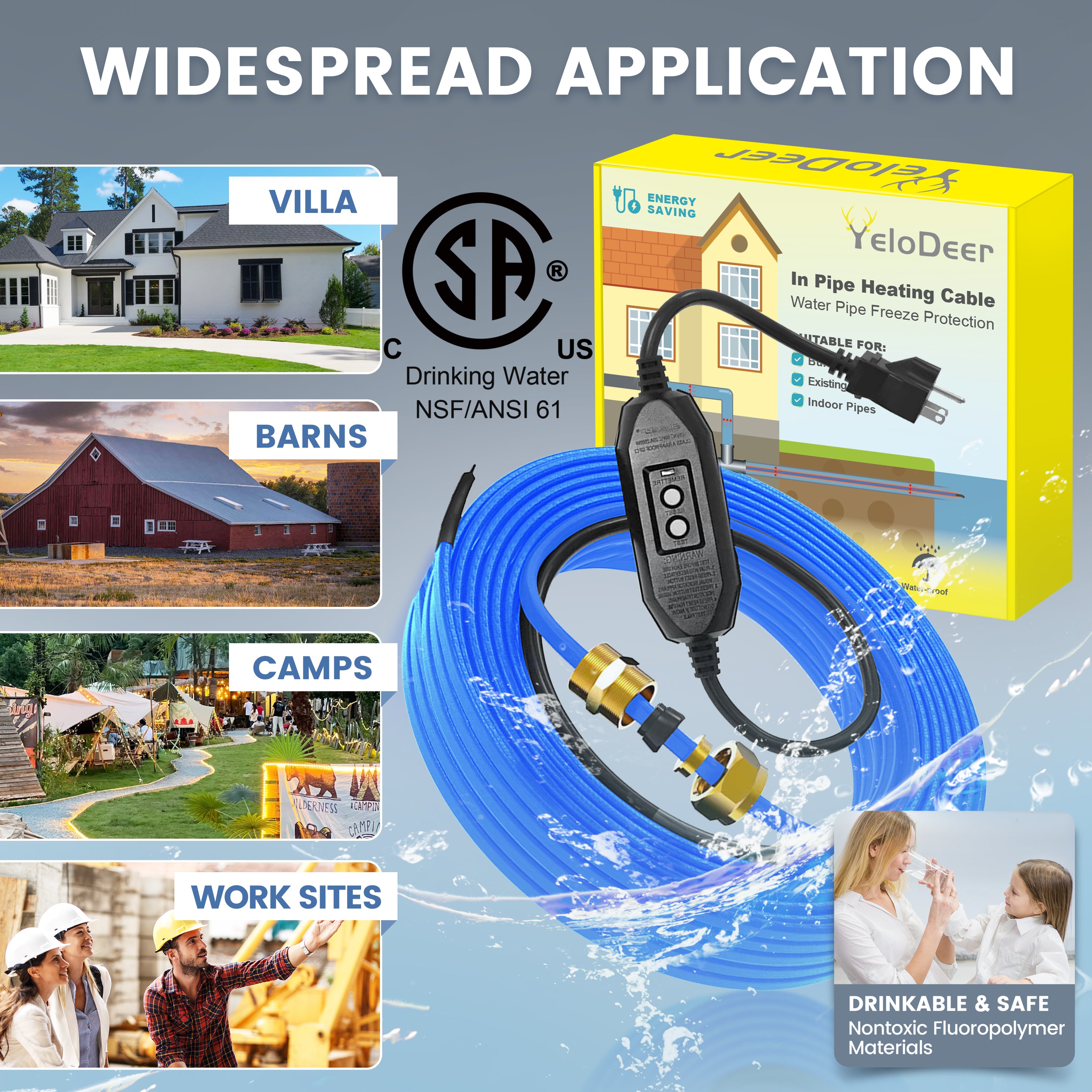
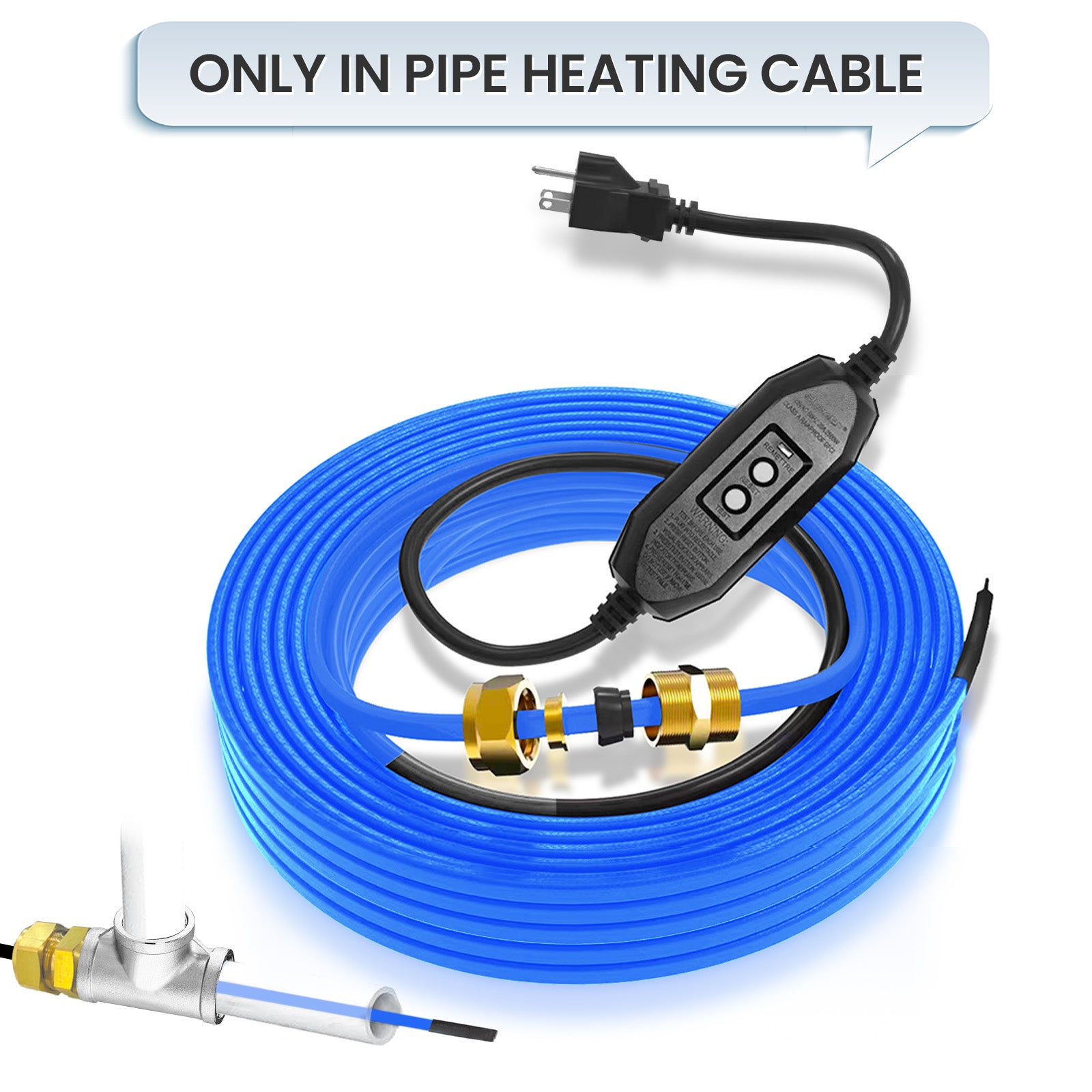
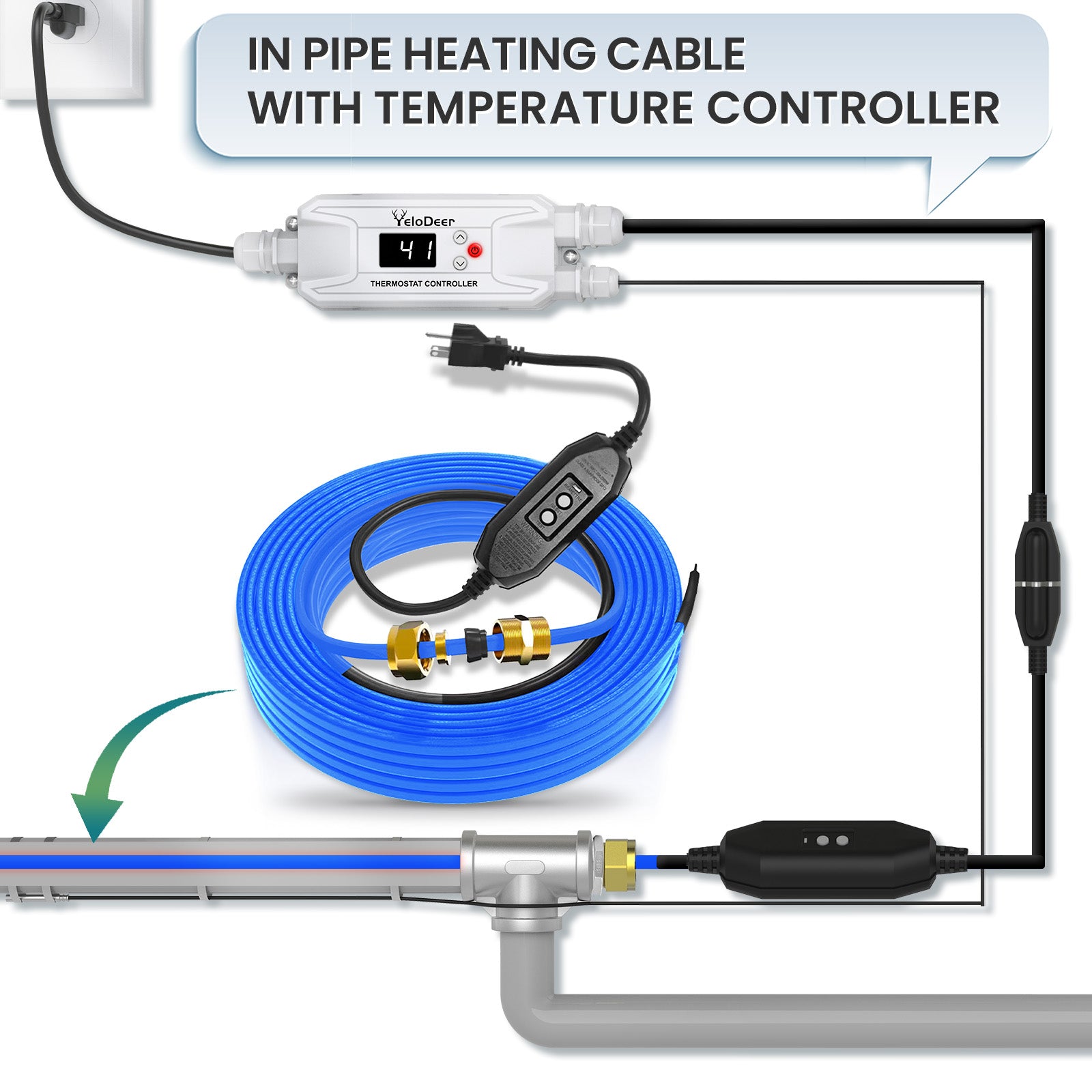
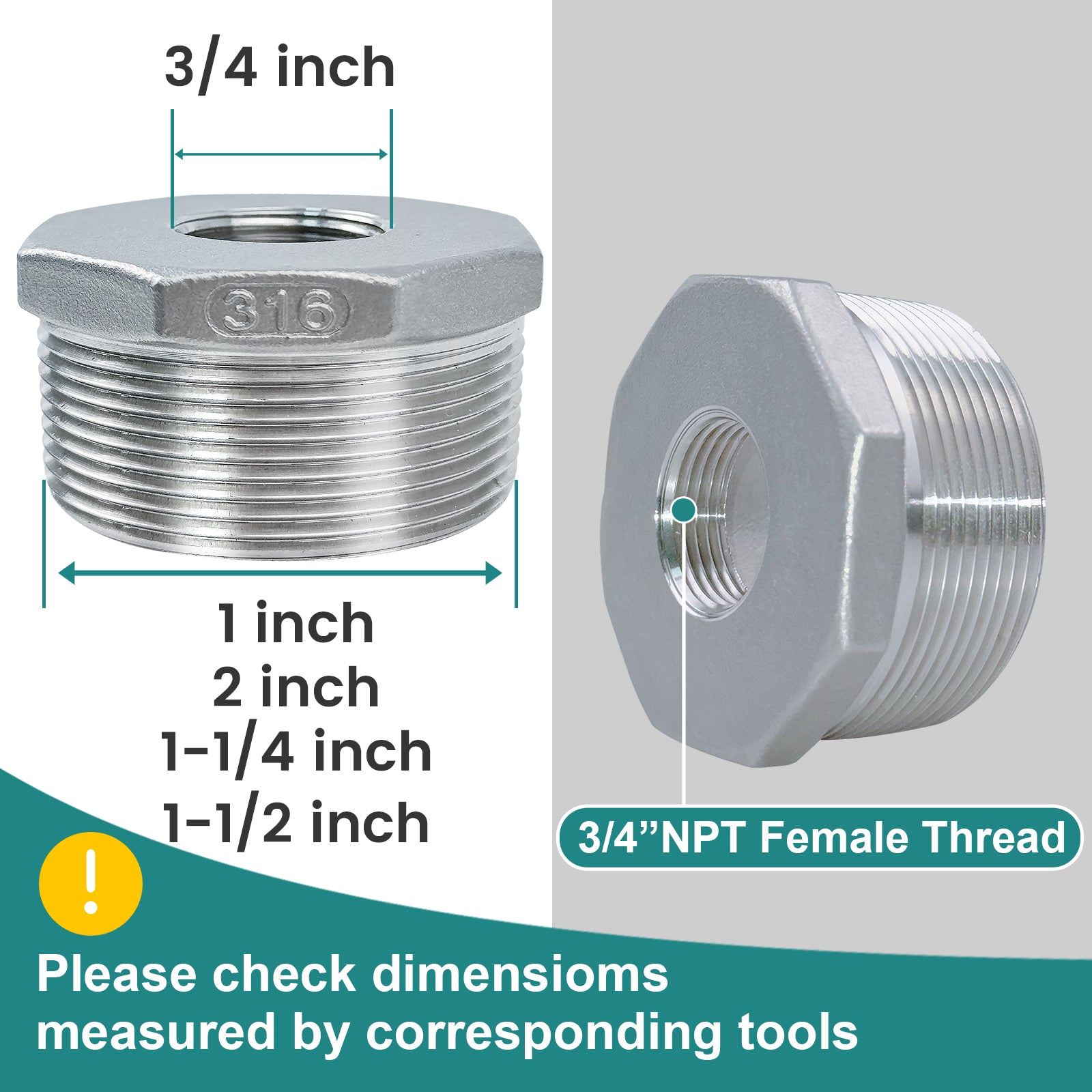
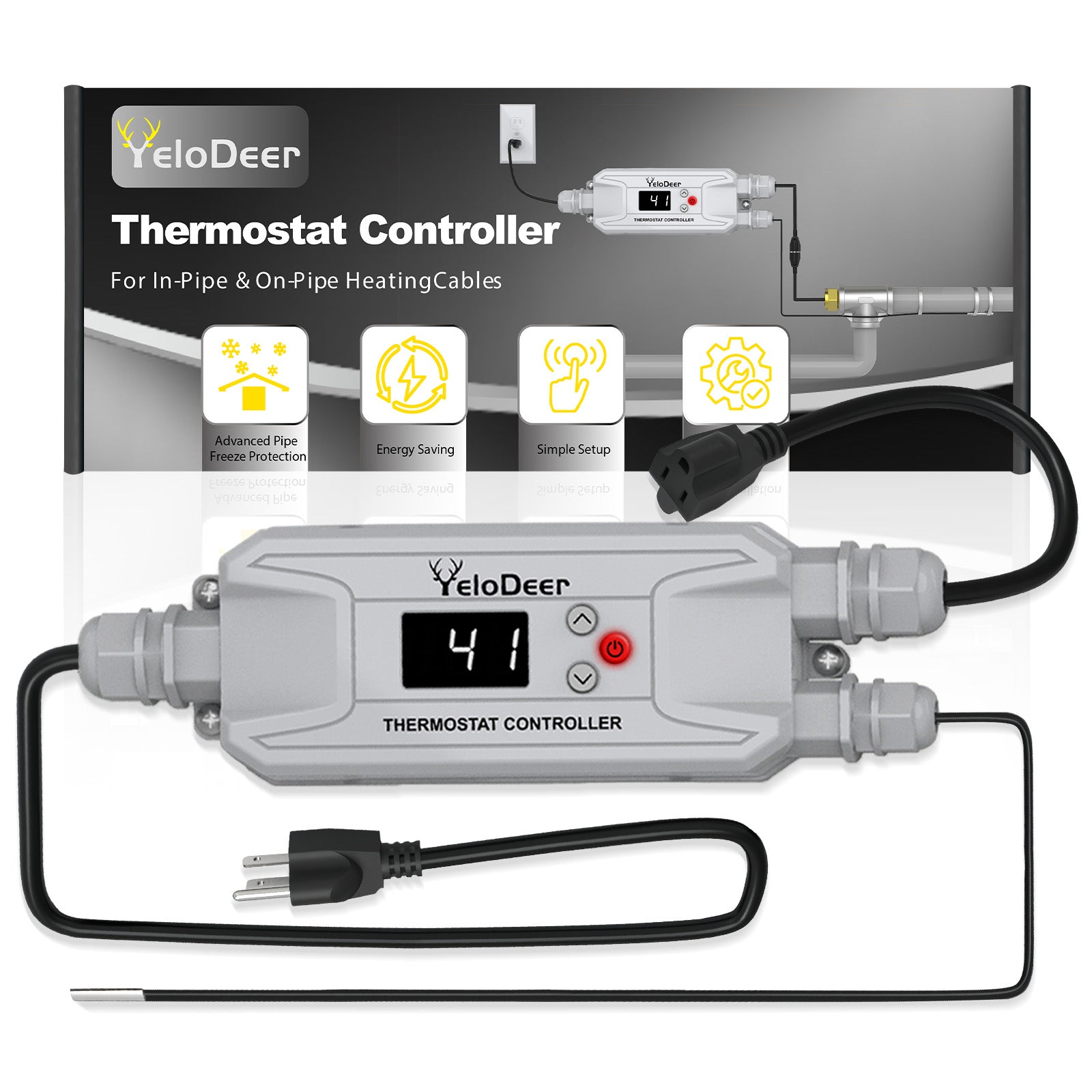
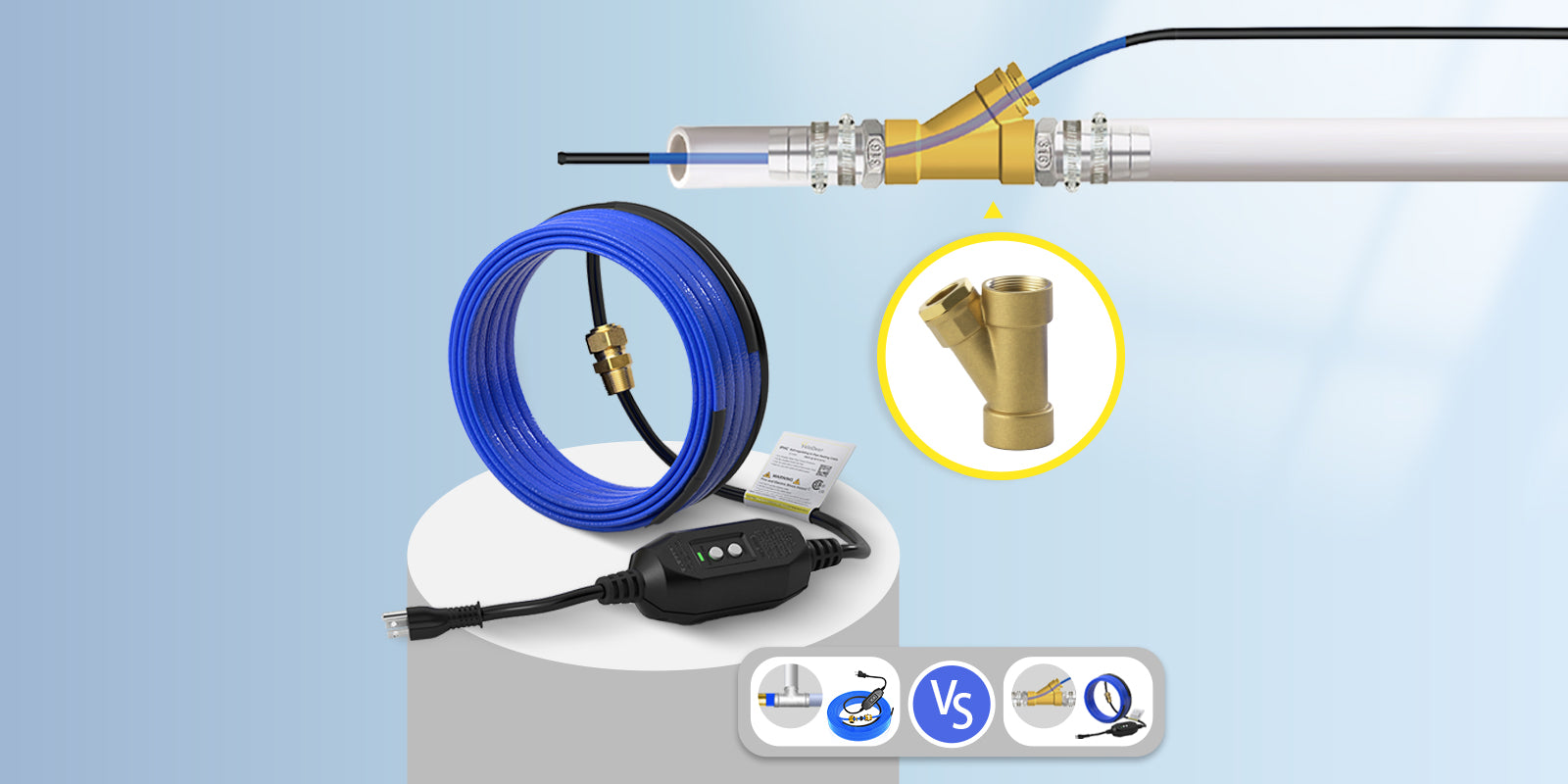
Questions & Answers
Have a Question?
-
Hello can I leave my heating cable always plugged in Thank- you
Hello Floyd,
Thank you for reaching out.
You can keep the heating cable plugged in if you have anti-freezing requirements.
However, when the weather is warm and there is no need for pipe-freezing protection,
please unplug the cable to ensure safety and energy efficiency.
Thanks and regards,
Demi
-
What diameter is the heating cable?
The heating cable diameter is 10.7*5.0mm (0.42*0.2in).
-
How flexible is the inline heating cable. Can I feed it through a 1" 90 degree fitting
Thanks for your question!
No, this in-pipe heating cable is not designed to bend around sharp 90-degree or 45-degree elbow fittings. If your pipe has abrupt elbows, they need to be replaced with sections that create sweeping bends to allow the cable to pass smoothly. Important Notice: Forcing the cable through sharp elbows can damage the end seal, potentially causing water leakage. Many leakage issues result from improper installation, so please ensure careful installation.
-
At what temp does the line kick in and heat up
Thank you for your question! Since this product does not have a built-in thermostat, it begins heating as soon as it’s plugged in, regardless of the external temperature. However, due to its self-regulating feature, it adjusts the output power based on the surrounding temperature—when the temperature is higher, the output is lower, though it’s still in a heating state.
If you’d like more precise temperature control, we also offer a bundle that includes a Pipe Heat Tape Thermostat, allowing you to manually set the temperature at which it turns on and off.
-
Is the 6’ power cord in addition to the 15’ measurement of the actual heat cable, or included with the entire measurement(6’ power cord, 9’ heat cable)?
The length indicated on our product pages refers only to the length of the heating cable and does not include the power cord.
However, please note that for the in-pipe heating cable you inquired about, the power cord is actually 4 feet long.















